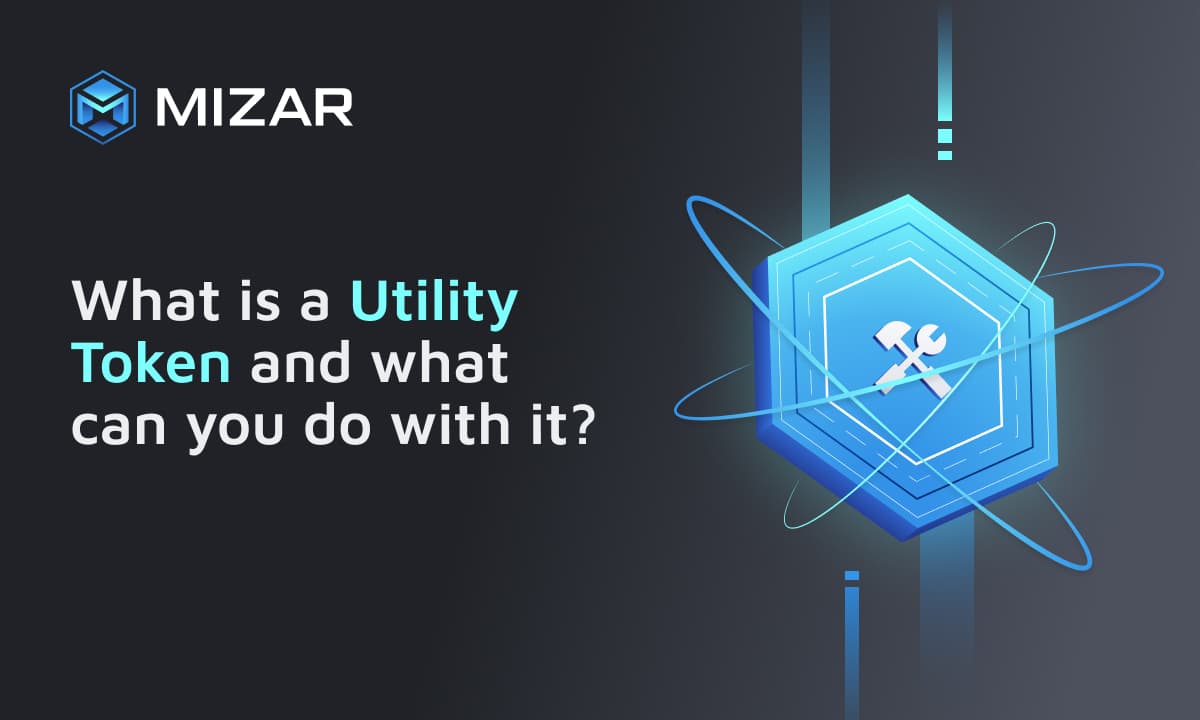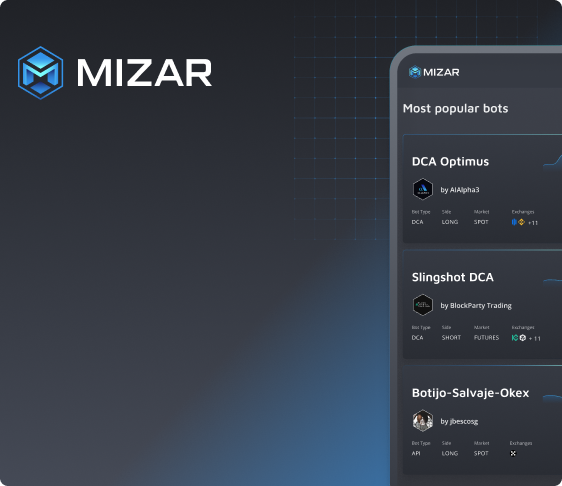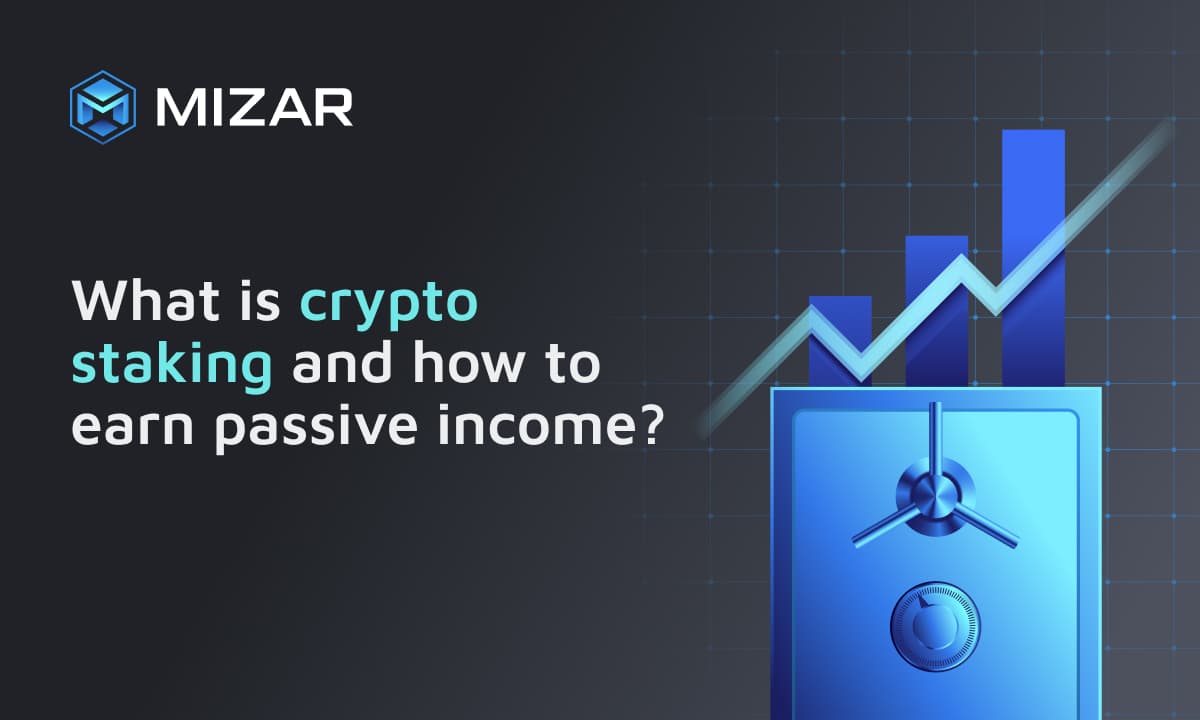What Is A Utility Token & What Can You Do With It?

This is a 360-degree digest on utility tokens. We peek at multiple angles: from the token concept to token classification to the Mizar utility token and beyond. You’ll also learn about the most successful utility tokens up to date.
This is a 360-degree digest on utility tokens. We peek at multiple angles: from the token concept to token classification to the Mizar utility token and beyond. You’ll also learn about the most successful utility tokens up to date.
A Quick Overview
The utility token is a term to refer to the value of a specific token — the benefits you can get holding or using the token. The Mizar token [MZR] is a prime example of utility tokens. Here’s what you unlock with MZR.
With that in mind, let’s dive into the details. But first, what is the token itself?
What is a Token?
A digital unit with underlying value is a way to describe a token. The underlying value is framed within blockchain technology backing most tokens. Simply put, tokens are synchronized with databases built on blockchain technology, where all tokens are stored, managed, and counted.
What is the Difference Between Tokens and Coins?
Cryptocurrency is also referred to as crypto coins or simply coins. Two key differences between tokens and coins are the following.
Each coin runs on a native, unique blockchain. In other words, each coin has its own blockchain. Tokens run on alternative blockchains, which are not unique to the token
Coins can’t be regulated, while tokens are subject to regulation
Any crypto is managed in a decentralized manner. A certain algorithm that cannot be regulated is responsible for the functioning of coins. Tokens, in contrast to cryptocurrency, can be a decentralized currency or a centralized one. In the latter case, a single company [creator] is responsible for managing the token. The same organization is responsible for transactions, operations, and all information related to token accounting.
The price of a digital token depends on the supply/demand balance, as well as the rules of issuance and other factors.
Classification of Tokens
Although there is no single classification, tokens can currently be divided into the following types:
Security tokens [investment tokens] — created to facilitate investors and are essentially shares in a company. They certify ownership and give the opportunity to receive dividends.
Utility tokens [service tokens] — designed to create a virtual currency within a business, company, or platform. Usually, utility tokens express the points received for executing the company's shares and include game currencies, etc.
Asset-backed tokens are tokens backed by real-life liquid assets. These can be commodities and services, as well as oil and gold. The company issuing the commodity tokens must pay the owner the value of the token or send the goods in exchange for the tokens.
Non-fungible tokens [NFTs] — unique tokens to verify and manage ownership. Think of Bored Ape Yacht Club or CryptoPunks as the most prominent examples.
Businesses may issue tokens with various functions, meaning the same project may have utility tokens, NFTs, security tokens, and more. The list is not exclusive and only describes core token types. You may encounter other types, but they are likely to be a subpart of the above-mentioned types. Typical examples would be governance tokens or derivative tokens, which both fall into the utility token category.
What is a Utility Token?
Utility tokens are used to access a product or service offered by a platform, protocol, or ecosystem. The core idea here is the value these tokens supply. Simply put, you can get tangible benefits by using or holding such tokens — right now or in the foreseeable future. The utility concept is unconscionably abused by low-quality projects, diluting the intrinsic meaning behind it, which is how you can actually use tokens.
How Utility Tokens Are Backed?
Utility tokens are backed by value. When the token is issued, the company equates the value of some service, product, or tangible, real-life asset. Some companies add future benefits as a current utility. Imagine that a token owner can exchange it for a subscription to a fitness club being built or a ticket to an exclusive event coming soon — both are excellent examples of future utility.
Governance, or the ability to govern the future of the project, is another point of utility backing. Most protocols are managed by the community members holding and staking the governance tokens. Such a management form is called DAO.
Not sure what the DAO is? Learn more about the DAO concept.
Simply put, you hold and lock tokens to vote on an important decision, which may bring you benefits in the long run. Imagine you provide liquidity by locking your tokens within the DeFi protocol for some APY rewards in return. In this case, staking governance tokens gives you the right to vote on various aspects of the protocol. One such aspect could be the APY liquidity providers get as rewards. By staking governance tokens, you got some real benefits — that’s the tangible value or utility tokens provide.
The token issuing company or project is a guarantor responsible for legal clearance, obligation fulfillment, and beyond. The blockchain industry still lacks regulation, meaning some projects may not fulfill their obligation because there were no obligations in the first place.
Popular Utility Tokens
Blockchain tokens are the most prominent examples of pure utility. The logic is pretty straightforward — the blockchain generates value from within the ecosystem and transfers this value outside the ecosystem to the token holders. The holders then recirculate the value back into the blockchain, and the ecosystem grows, generating even more value. The flywheel effect in its prime indeed.
DeFi protocols form yet another utility arm example. Some projects build up powerful ecosystems similar to blockchains or DeFi protocols. Those can range from gaming ecosystems to trading platforms and beyond.
Here’s the list of prominent tokens with time-tested utility.
SOL — Solana Blockchain
ETH — Ethereum Blockchain
NEAR — NEAR Blockchain
TRX — Tron Blockchain
AVAX — Avalanche Blockchain
UNI — Uniswap Protocol
AAVE — AAVE DeFi Protocol
COMP — Compound Protocol
LINK — Chainlink Blockchain Oracle
Mizar Utility Token
$MZR is the native token of the Mizar trading platform. Learn more about the utilities you get using the $MZR token here.
Closing Thoughts
Even though utility tokens can be a good investment, you might want to carefully pick the ones you’re willing to hold. Mizar token [MZR] is one of a few tokens that drives value and generates the flywheel effect due to the ecosystem’s real-world application. The token will generate value as long as users trade on the platform and use its features. Learn more about Mizar to understand what makes MZR so powerful.
FAQ
How to Create a Utility Token?
Utility token creation is the crossroad of programming and business development. You can create a token by deploying a code on the blockchain.
What Is a Crypto Utility Token?
The utility token is a token backed by some tangible value like products, services, or real-life/digital assets users can get in return for holding/using the token.
What is Altcoin?
An altcoin is short for alternative coin, any coin other than Bitcoin. The term roots back to the early stage of the crypto industry development, when just a few coins could compete against Bitcoin, and a major part of the community considered Bitcoin and all other coins or alternative coins.

